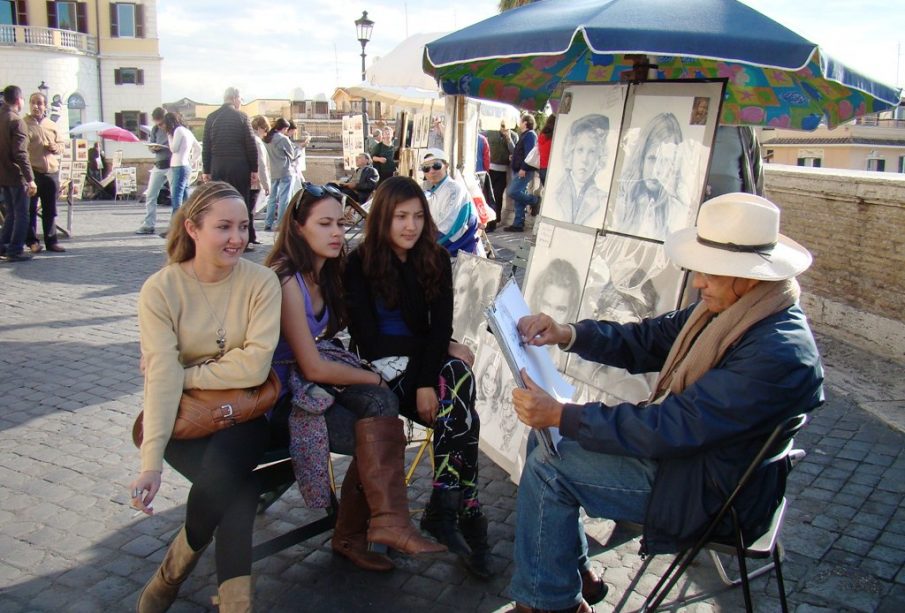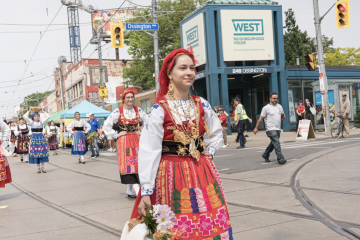Understanding the Roma Community and Its Cultural Heritage

Introduction
The Roma community, often referred to as Romani people, holds a rich cultural heritage that dates back centuries. With an estimated 10 to 12 million Roma people living across Europe and beyond, understanding their culture, history, and current challenges is essential for fostering a more inclusive society. Considering the ongoing societal issues, such as discrimination and social exclusion, it is crucial to highlight the significance of Roma communities not only from a cultural perspective but also in terms of social justice and rights advocacy.
Historical Background
The origins of the Roma people trace back to northern India, with migration patterns leading them to Europe around the 14th century. Historically, Roma culture is characterized by a strong tradition of oral storytelling, music, and dance. Their nomadic lifestyle has often made them targets of prejudice and misunderstanding, contributing to the marginalization they face today. Across Europe, many Roma communities maintain a distinct language, Romani, and unique cultural practices, which remain a vital part of their identity.
Contemporary Issues
In contemporary Europe, Roma people grapple with systemic discrimination, poverty, and unequal access to education and healthcare. According to the European Union Agency for Fundamental Rights (FRA), many Roma are still living in substandard conditions, lacking basic amenities. These socio-economic challenges are compounded by societal prejudices, which often portray Roma negatively in media and public discourse.
In 2023, reports emerged from various EU member states highlighting ongoing issues related to the housing crisis, with many Roma still facing eviction and displacement. Activism within Rome communities has increased, aiming to address these injustices and uplift their voices in the socio-political landscape.
Significance of Recognition and Advocacy
Recognizing the cultural and historical significance of Roma communities is vital for crafting effective policies that promote equality. Advocacy groups, such as the European Roma Rights Centre (ERRC), work tirelessly to combat discrimination and promote the rights of Roma individuals across Europe. Collaborative efforts between Roma leaders and non-Roma organizations seek not only to tackle institutional barriers but also to enrich society as a whole through cultural education and awareness initiatives.
Conclusion
The Roma community is a crucial yet often invisible part of the cultural fabric of Europe and beyond. By fostering understanding and advocating for their rights, we can pave the way for a more inclusive future. It is imperative for readers and society at large to engage with Roma issues, supporting efforts that seek to elevate their voices and dismantle the stereotypes that perpetuate exclusion and inequity. As awareness grows, it is hopeful that the Roma community will receive the recognition and respect they truly deserve.









